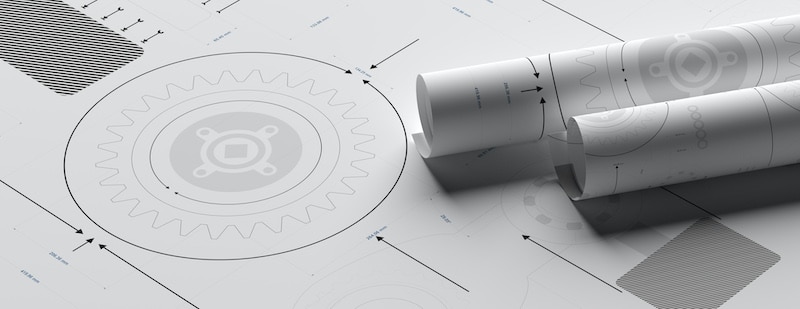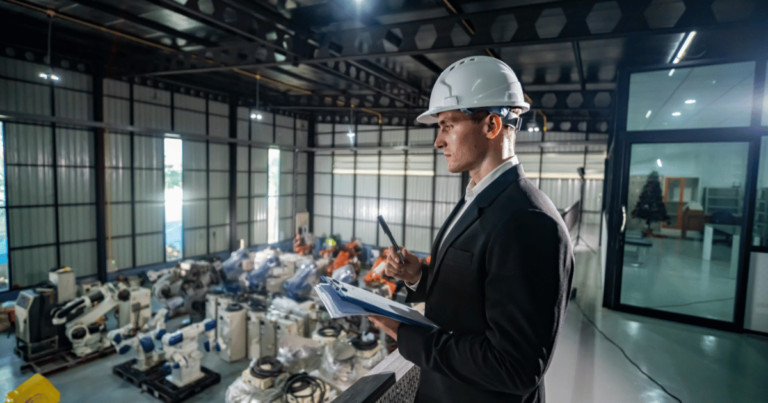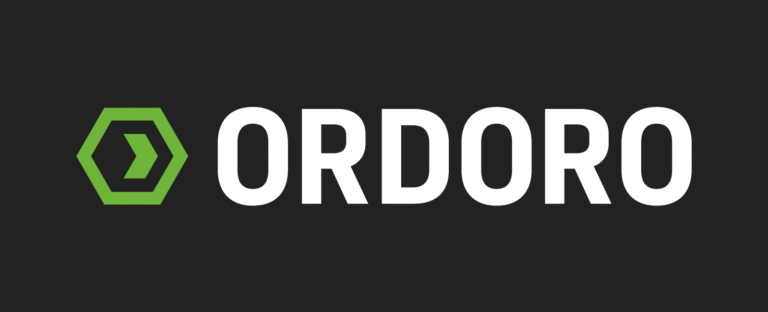Understanding Intellectual Property
How does industrial design influence the production world? What influences does the design aspect have upon individuals? If you are asking yourself these questions, then let’s find out more about how intellectual property relates to industrial design.
It turns out that industrial design transforms the everyday world. Industrial designers create unique user experiences, regardless of the product. With these user experiences, industrial designers maintain a brand’s identity by creating essential products and anticipating their lifetime impact. However, the industrial designers on the team must be unique and impactful.
However, while there are billions of products of all kinds, designing a new experience can be challenging. The industrial design of a product can’t be redundant, as it will be difficult to compete in the already saturated market. To avoid this, those involved with industrial design should become familiar with facets of intellectual property. Understanding the intellectual property of other brands, products, and experiences allows industrial designers to create better ones that are new or build on top of existing ones. In this article, we’ll go through some industrial design examples, industrial design in IPR, and answer “What is industrial design in relation to intellectual property?”
Industrial Design and Industrial Design Examples
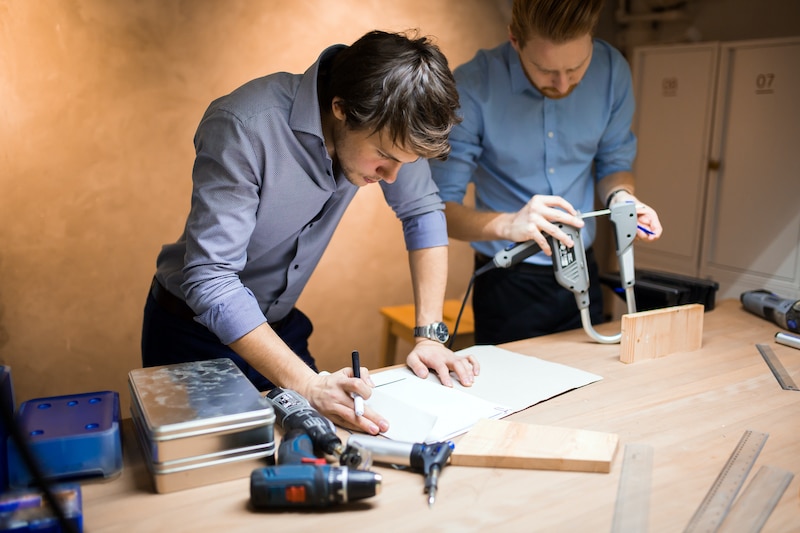
Industrial design encapsulates a product’s functionality, appearance, usability, and manufacturing. It focuses on a product’s user experience based on function and appearance. Product Design is also an umbrella term for the overall product creation process, from ideation to conducting market research. Let’s go through some industrial design examples.
Industrial Design Examples
Picture a set of headphones. After you’ve conducted market research, you found that headphones with modern tech but a retro look aren’t available on the market. With the 90s and early 2000s styles gaining popularity, you’re considering making a line of 90s- and early-2000s-inspired headphones. So, you start the processes of product and industrial design. In this case, the industrial design is solely focused on the nostalgic look of the headphones and how they would work. However, the product design encompasses industrial design, the experience it grants the wearer, the engineering of modern audio technology, and manufacturing the headphones on a mass-market scale.
Here’s another example of designing a set of dinner plates inspired by modern art and geometric shapes. The industrial design of the dinner plates would include determining their unique shapes, the vintage color palette, and their high-quality ceramic material. The product design would consist of the user experience of luxury and production plans.
Now that we’ve described some industrial design examples let’s focus on intellectual property. When designing a product, you want to make sure that it is novel or at least introduces a new feature that separates it from similar products on the market. Knowing how to do so helps create a successful outcome. This process involves knowing competitors’ intellectual property rights. Next, we’ll describe IPR and industrial design.
IPR and Industrial Design
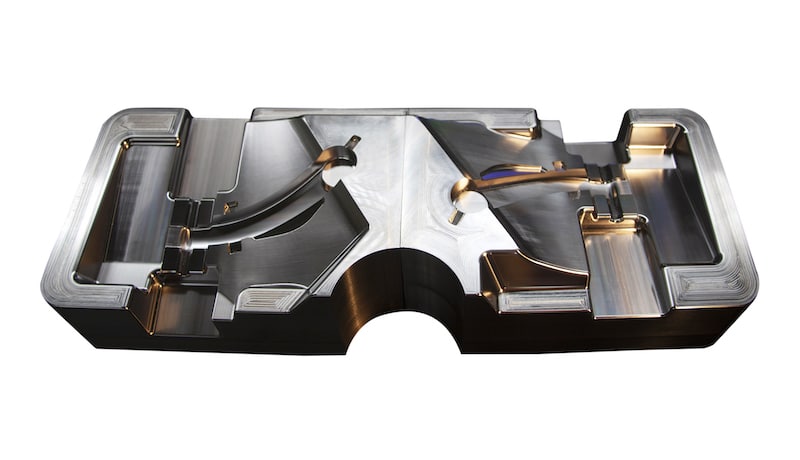
IPR, or intellectual property rights, is a term that refers to the rights granted to individuals for their inventions. Intellectual property rights typically give the owner of the idea exclusive use for a designated amount of time. You usually don’t have to register intellectual property for its rights. However, registering your creation helps ensure your rights. While intellectual property rights laws can be confusing, being familiar with them keeps industrial designers from infringing on other brands’ creations and creating new, improved products. So, with intellectual property rights defined, what is industrial design in relation to intellectual property?
What Is Industrial Design in Relation to Intellectual Property?
When answering the question of what is industrial design in relation to intellectual property, let’s look back to our headphone industrial design examples and focus on potential competition. Intellectual property protects your products and brand in different ways. So, we’ll go through brand identity, competition, and legal protection regarding IPR.
Brand Identity, Competition, and IPR
When designing a product, you want it to stand out from similar ones and maintain your brand identity. Knowing IPR aids in creating a product that is unique to your brand yet different from similar ones. Creating a new feature, such as modern audio technology with a nostalgic look, sets your product and brand apart from the rest, creating demand for your product and bringing attention to your brand. If you design nostalgic headphones almost the same as those of the original competitor brands, your headphones will probably not survive the market.
Legal Protection and IPR
In most cases, intellectual property rights legally protect your brand and competitors’ brands. While this legal protection of competitor products and ideas encourages innovation, it also protects your brand’s products and ideas so that competitors don’t infringe on and profit from your ideas. This legal protection also enables demand for both brands since products must differ in some way. When you design a product, intellectual property rights usually are effective at protecting your innovation. However, if a competitor infringes on your IPR, you can prosecute. However, trademarking your product has benefits that make it easier to file a claim.
Don’t let the misunderstanding specifics of intellectual property rights put your product and industrial design on hold or let a competitor use your brand’s ideas unjustly. Intellectual property rights can be convoluted, but understanding them encourages innovation and maintains the demand for unique products. Please note that this is not legal advice but only a guide to how intellectual property rights could aid in industrial design, depending on the situation.
For All Your Designs, Trust Gembah

Creating a new product is an involved process. From ideation to design to manufacturing, each step requires patience and dedication. That’s why Gembah has created a platform to manage the entire product development process from start to finish. With Gembah, you can:
- Launch new products faster
- Develop more relevant products
- Expand opportunities to up-sell
- Increase margin and profitability
- Stay ahead of the competition
Don’t wait. Contact Gembah today and take your idea to the next level.
